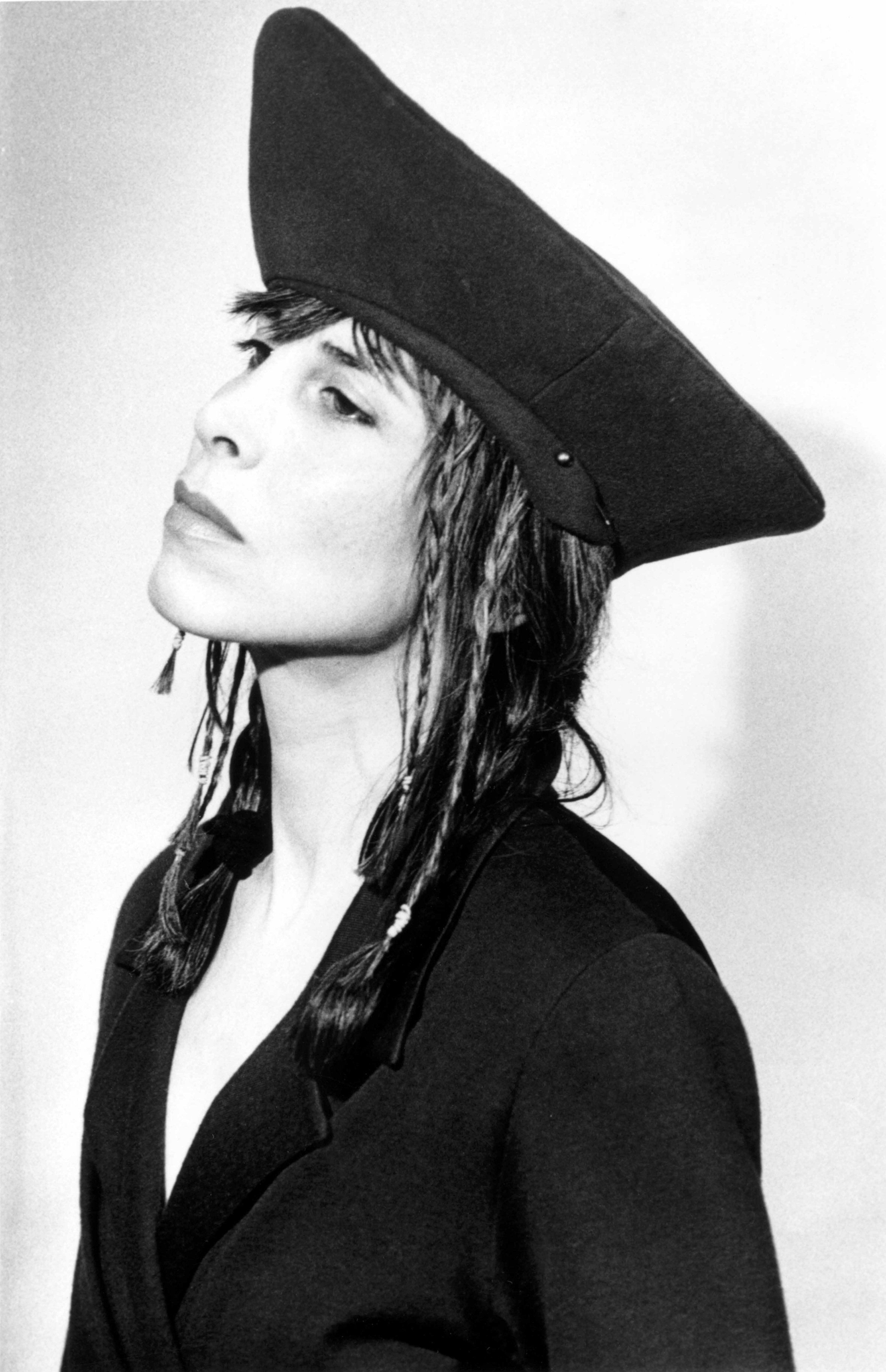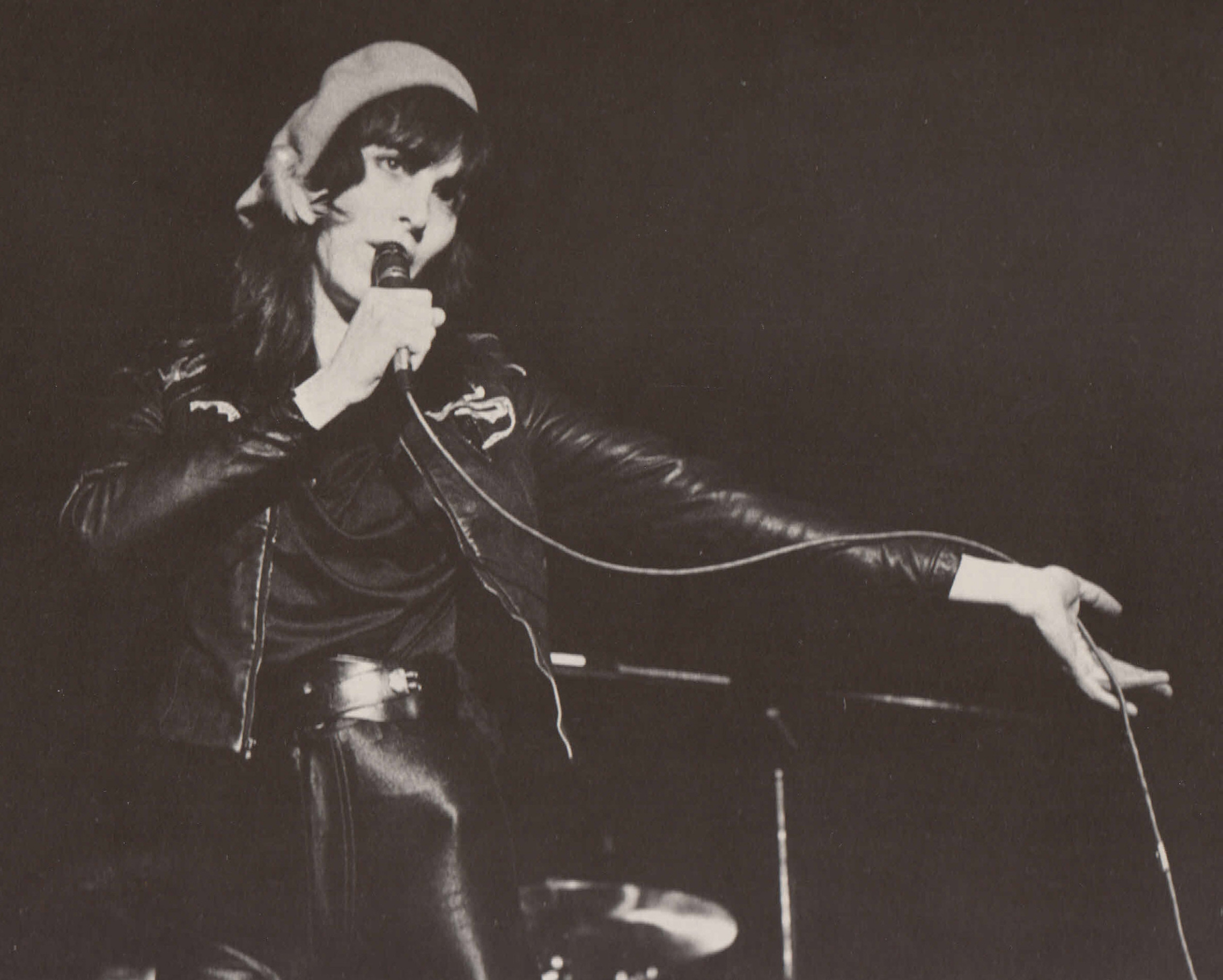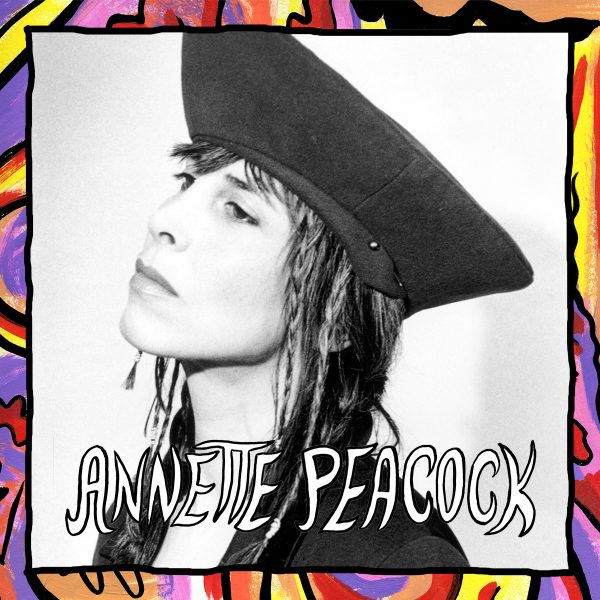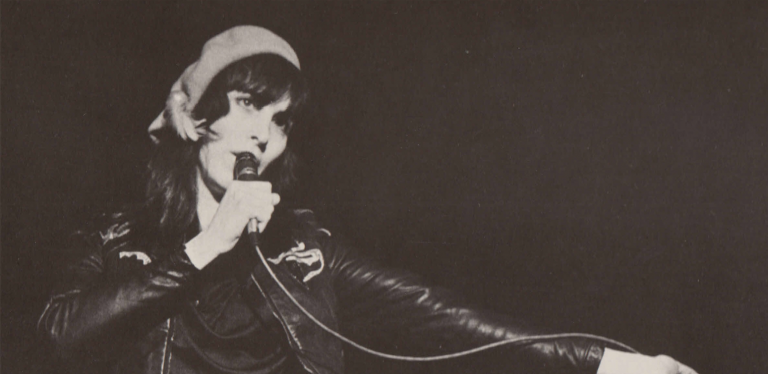Every year Marfa Myths kills it with the lineup, bringing in an array of artists that somehow manages to create the most beautiful bouquet of music underneath the desert sun. This year is no different, with musical pioneers like Annette Peacock.
She began creating music at a time when the term experimental was still fresh. She is a leader in the free jazz movement and had the guts to be herself in a industry that tries to carbon copy art. Peacock and her drive to constantly reinvent her art is contagious and we are lucky enough to get to see her preform at this year Marfa Myths.
Can you tell us about your musical upbringing and how you became a pioneer in the free jazz movement? Who introduced you to Moog synthesizers and how did they become a part of your legacy?
I’m the third generation musician—grandfather was an opera singer, and mother a violist in symphony orchestras, but I wanted to be on the frontier where the freedom is. I was introduced to the Moog when Don Heckman (music journalist for the New York Times) played Switched–On Bach for me. It was the first new instrument in 300 years, I was excited by its potential and convinced Robert Moog to give me a prototype.

Can you tell us how you go about composing records and where you go mentally to drive inspiration? Since each record seems to be a new version of Annette Peacock.
Since childhood I’ve composed until it became integral to life. I expect I’m drawn to something that I haven’t heard before and something that I haven’t yet done, and its mystery motivates me.
In an interview you stated that David Bowie in 1972 asked you to work on Aladdin Sane with him, you also worked with Mick Ronson on Slaughter On 10th Avenue as well as Paul Bley, and Bill Bruford. Can you elaborate more on these collaborations, and the music that flowered from them?
The whole band, all The Spiders wanted to work with me. Over the years David asked several times, and even though I liked his music, I had no interest in touring as a sideman in a pop group. Instead, I chose to tour as co-leader, with Paul, in an avant-garde improvising band and pioneer electronic music. I didn’t work with Mick on his covers of “I’m The One,” “7 Days” and my “Love Me Tender” arrangement. Mick just chose to record them. When he was still playing acoustic music, Paul entreated me to compose exclusively for him, so I created a new identity and genre for him; a genre that became the leitmotif of the ECM label. It was entirely Bill’s vision and I knew he was up to something interesting for prog-rock, plus I wanted to work with Allan Holdsworth as well. On the other hand, working with Coldcut was totally collaborative.
You have said that you were booed on stage for being one of the first artists to use a synthesizer live on stage, how did that experience affect the way you perform and create your art?
These were my first experiences on stage and the reaction was quite unexpected and traumatic for me. I was so excited to bring this to people and share something new, that I hadn’t anticipated the response might be a resistance to the new. A totally free band, harmonic dissonance, no beats, a lot of improvisation with synthesizers was too much freedom for people. But that didn’t stop me. And then the opportunity came to record and release I’m The One for RCA. Framing my synth work within a rock genre made it more accessible. Still, it took 40 years for that album to be appreciated.
When you were signed to Mainman management, you said that you made too much money and it created pressure for you. Can you tell us about that time in your life and what it meant for you creatively?
Everything was paid for—all expenses, the loft in Soho, the sauna, the astroturf (with 13’ walls I was able to put a hoop up and play basketball) and I had an allowance. There were charge accounts at Manny’s Music store and The Record Plant so I could buy equipment, and record. On a kit set-up I played drums with James Brown records and wrote songs like “I Have No Feelings,” “The Succubus,” “My Mama Never Taught Me How To Cook”—I was prolific. I’d work all day then after midnight, when it was in full swing, I’d walk to Max’s Kansas City and hang with friends some immortalized in Lou Reed’s “Walk on the Wild Side.” I went to see blaxploitation films The Mack, Black Caesar, or Bruce Lee movies in Chinatown. I bought gifts for friends and bought art from them. I gave away most of the money.
You have made 11 records including my favorite X- Dreams—which album do you enjoy the most?
As you mentioned they’re all different. I suppose a mother may have a favorite child, but I don’t. Nevertheless, I do wish my mother would have lived long enough to have heard An Acrobat’s Heart that I’d composed and arranged for string quartet, piano and voice.

You took a long break from music, and recently started up again, why is it important for you to take breaks from art?
I don’t break from the music. I’m always composing and the process itself is fulfilling, so I don’t need to record and release. But breaks happen for several reasons. I’m not ambitious, so I’m not driven by ambition. I realized that an individual can progress faster than a culture, and everything I’d released predated its time. I take breaks from recording, because I want to get the timing right. To release a record when people are prepared for it, then hopefully acceptance and appreciation won’t be delayed another 40 years.
You have collaborated with many great musicians, is there anyone that you would like to work with now if you had the opportunity?
I’d love Travis Wall to choreograph dance to my music, and work more with films.
As a women in a then male dominated industry, how were you able to stand your ground and create the type of music you wanted to create?
I’m stubborn, persistent and patient. I believe good work transcends discrimination, and I didn’t make gender an issue. The advantage for an anomaly is perspective. I just focused on making the work as good as I possibly could.
Finally can you please tell the FUSION magazine readers something that not too many people know about you?
I’m a cowgirl. Raised in California, with horses and began riding in rodeos at age 6.
—
Annette Peacock is a featured artist at this year’s Marfa Myths Festival
More info here: marfamyths.com



